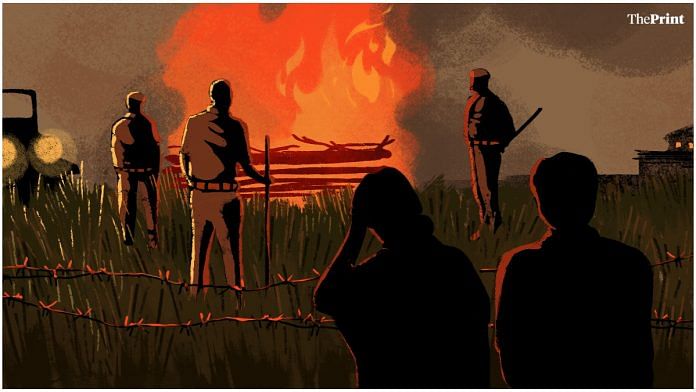New Delhi: This Thursday marked one year since the victim of an alleged gang rape and murder in Uttar Pradesh’s Hathras was forcibly cremated by the authorities in the dead of night, amid protests by her family.
The forcible cremation of the 20-year-old Dalit woman, amid heavy police deployment, and the visuals of the body being consigned to the flames without the family’s consent sparked outrage across the country, and the Allahabad High Court even took suo motu cognisance of the matter.
The family told the high court in an additional affidavit that they wanted to conduct the woman’s funeral in the morning, and wanted to bury the body instead of cremating it because she was unmarried.
But in the weeks and months since this horrifying case, there have been at least four more instances of rape victims’ bodies — especially those from Dalit or OBC backgrounds — being forcibly cremated by authorities, and not every one of these has been highlighted as much as the Hathras case. Investigations by ThePrint have revealed at least four other cases in Uttar Pradesh, Bihar and capital Delhi.
Experts on such issues like former top cops and activists say this is increasingly becoming an “unsaid norm”, and is a violation of Article 21 of the Constitution which guarantees dignity in life and death.
Also read: 1-yr since Hathras ‘gang rape’: Caste divide is deeper, memories don’t fade, drama in court
29 September 2020, Balrampur, Uttar Pradesh
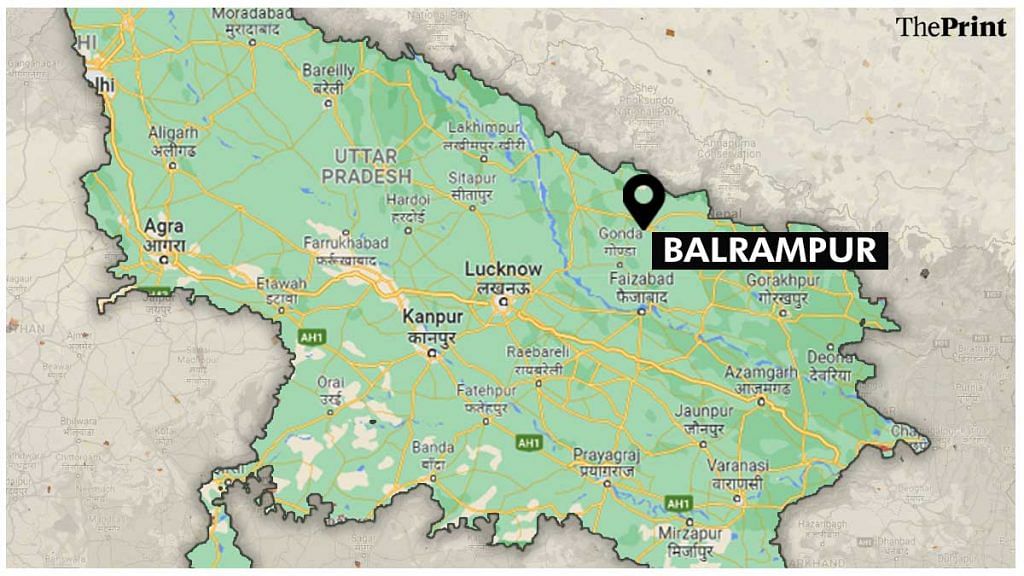
The Hathras ‘rape’ took place on 14 September, and the victim succumbed to her injuries on 29 September. She was forcibly cremated at 2.25 am on 30 September. But even before this cremation came the news that a 22-year-old woman from the Gihar SC community was allegedly abducted, thrashed, and gang-raped by two men — Shahid and Salil — on 29 September in UP’s Balrampur. Two others were also arrested on charges of conspiracy.
Media reports at the time said a “hurried cremation” took place in the “presence of family members”, hours after the post-mortem report came out.
Speaking to ThePrint, the Balrampur woman’s brother recalled: “I tried to explain to them (the authorities) that we cannot burn her according to our rituals, but they started pressuring and intimidating us, saying ‘if you don’t cremate her, the media will come and cause a tamasha and the body will be dug up, and she will not be at rest. Better burn her’. All the family members were pressured separately; we couldn’t do anything.”
The brother was the one who lit the pyre after sunset, going against the family’s rituals, amid a heavy police presence. “I was forced to cremate her. It felt like I was cremating a criminal, not a victim. Only our maternal grandfather was present, but what could he do?” the brother said.
“We are poor and uneducated people. We had to live in that area where the accused also lived. The police forced us; we did not know whom to trust anymore or how to make our voices heard. We were very scared,” he added.
The maternal grandfather, a former secretary of the gram panchayat, said: “Since the time her body arrived, the police kept saying ‘it’s better to cremate her as quickly as possible… you are a sarkari man, you understand’.”
The family’s lawyer Mrigendra Upadhyay said the brother told him about the forced cremation after it was done, and only when he asked him specifically about the police forcing the family to do it hurriedly.
“In fact, Superintendent of Police Dev Ranjan Verma sent police personnel to my residence, and attempts were made to pressure me into asking the family to not talk to the media regarding anything,” Upadhyay claimed.
However, SP Verma denied the family’s claims and called them “conjecture”.
“Why are they making allegations after a year? This lawyer is vindictive; we had lodged an FIR against him earlier and now he wants to pin all this on us. Even the CM and ADG met the family then. This is conjecture… At that time they hadn’t said anything. They might be making these allegations probably because their demands weren’t met. Anyone can say anything here,” Verma told ThePrint.
Lawyer Upadhyay responded to these questions by saying: “The body was already cremated, and the family already had a lot of societal pressure on them. The trial had to start and they didn’t think about taking the allegations of intimidation and forceful cremation to the court. They just wanted the culprits to be punished at that point of time.”
4 October 2020, Model Town, Delhi
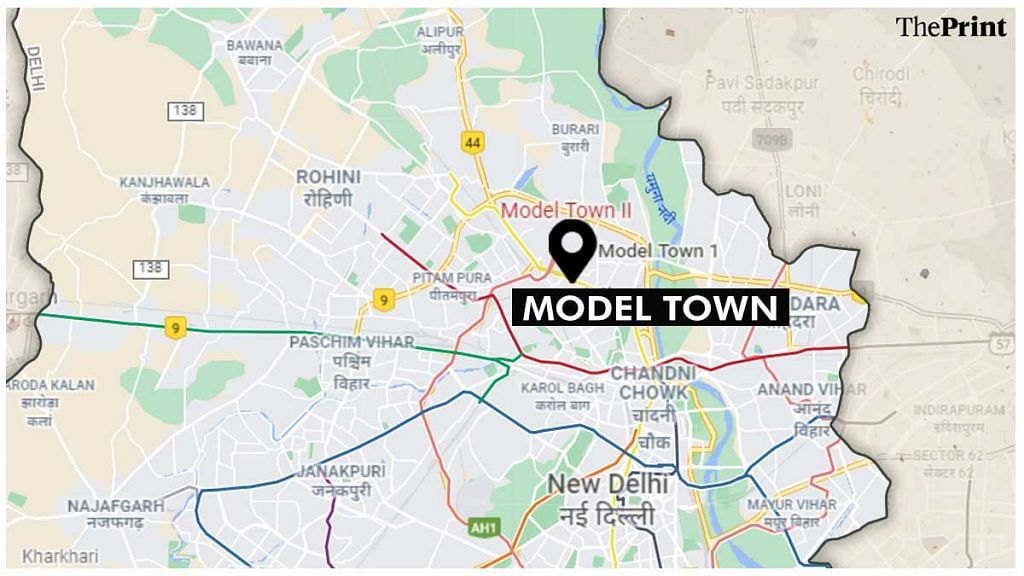
A 17-year-old girl from the Nishad SC community was found hanging in her employer’s house on 4 October 2020, and, soon after, protests erupted in Model Town, Northwest Delhi. The police claimed it was a case of suicide, but the family alleged that the girl was raped and murdered, and that her body was forcibly cremated by the Delhi Police.
The girl’s maternal aunt, in her written complaint to the police, which has been accessed by ThePrint, wrote that she got a call from the landlady, asking her to take the girl or “make her understand”, otherwise she would call the police.
“When we reached the residence, we found police were already present and the girl was dead. We suspect that the girl has been raped and murdered. We want the case to be investigated by the crime branch and POCSO Act to be invoked as the girl was minor,” the aunt wrote in the complaint.
The family also claimed the girl, who had just started working there on 26 September, said “the landlady forced her to sleep in the driver’s room”, and that she was “being harassed” and wanted to come back to their home in Gur Mandi.
However, no FIR was lodged in the case. A senior police officer privy to the case said on the condition of anonymity that the “inquest isn’t complete” and that “only if something suspicious comes up will an FIR be lodged”.
The aunt refused to believe that the girl could have killed herself “out of nowhere”. “No one was arrested, no one listened to us,” she said.
The family also approached the Delhi High Court in November for registration of FIR, but the court merely directed the police to update the complainant about the inquest.
The aunt’s husband claimed the police didn’t allow the family to take the girl’s body home, but instead, forced them to take it to the Wazirpur shamshan ghat.
“There were around 600 police personnel. The van (carrying the body) only stopped near the nala (drain) and they told us whoever wants to go can get in. We tried a lot, but they didn’t give us the body. Later, a few cops came and took us with them; they had already kept everything like wood and petrol ready. Within two minutes, the body was reduced to ashes. We just stood and watched helplessly from a distance,” he claimed.
The family’s lawyer Ashutosh Mishra alleged it was a “tragic case of basic human rights violation by the Delhi Police”.
“According to Hindu traditions, they wanted to perform the last rites the next day in sunlight, but the police forcibly cremated the girl. The inquest hasn’t been completed in a year,” Mishra said.
While the body was taken for autopsy on 4 October, the report only came out on 8 October. The report cited asphyxia as the cause of death, as a result of “antemortem hanging”. It also said the girl’s “hymen showed an old healed tear at 4 o’clock and 8 o’clock positions, rest within normal limits”.
The police in a statement on 16 October said protesters tried to “put undue pressure on local police and tried to give the incident a different narrative”. “The body was cremated in the presence of the family members. No foul play has come to notice so far in the investigation,” the statement read.
The lawyer claimed forensics samples were submitted only on 19 October, two weeks after the girl’s death. And the report from the Forensic Science Laboratory, issued on 14 January 2021, said the DNA profile couldn’t be generated from pubic hair, low vaginal swab & smear and peri anal swab & smear, “which may be due to degradation/inhibition of the sample”.
“Semen couldn’t be detected on all exhibits,” it noted.
Usha Rangnani, Deputy Commissioner of Police (Northwest), said while she did not hold this post back then, she had asked investigating officers and confirmed there was no pressure on the family. She also denied it was a case of rape and murder.
“Both the post-mortem and FSL reports did not say anything about rape and murder. The body was handed over to the family soon after the autopsy and they took it to the funeral ground and cremated the body. Yes, there was a police presence to maintain law and order, but police did not force the family to cremate the body,” she said.
ThePrint made repeated attempts to reach Vijayanta Arya, DCP Northwest at the time of the incident, through calls and WhatsApp messages, but she declined to comment.
Also read: Hathras, Balrampur reminders of risk of violence disadvantaged women face, says UN
14 October 2020, Barabanki, Uttar Pradesh
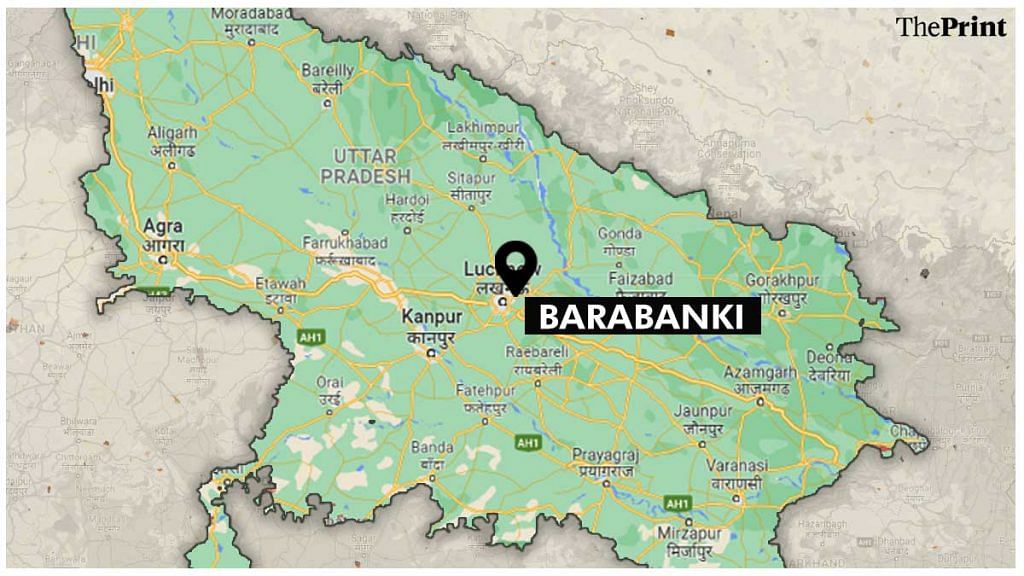
Two weeks after the Hathras and Balrampur incidents, a 17-year-old Dalit girl was allegedly gang-raped by two men, Rishikesh Singh and Dinesh Kumar, who are now lodged in jail, on 14 October. The post-mortem report had confirmed sexual assault.
Contradicting reports emerged on the cremation. While some reported that the victim’s body was cremated by family members after initial resistance and “an assurance from the police”, others quoted her father alleging that the police forced them to cremate the body against their wishes.
Speaking to ThePrint, the girl’s father alleged that the police not only forced and intimidated the family to cremate the body, but also denied them the right to carry out the last rites.
The post-mortem was conducted on 15 October, and the body reached the village between 4 and 5 pm that day.
“We were waiting to perform the last rites, but, initially, the police were not even letting us take the body to our house. After a lot of persuasion, begging and protests, the police kept the body at the entrance of our house. There was heavy police deployment. My wife wanted to put a tika on her head, but she was not even shown the face of our daughter one last time, as police kept forcing us to cremate her as soon as possible,” he claimed, adding that additional SP Manoj Pandey and other police officers were present.
“We repeatedly told the police that we did not want to cremate her because she was unmarried, but nobody heard our pleas. Just before the cremation, the cloth was removed from her face and I saw it for a few seconds,” the father claimed.
He added that the police asked his uncle to light the pyre. “I sat a little far away from the cremation ground and saw my daughter burning. I knew that she could not get dignity and freedom even in her death.”
However, Additional SP Manoj Pandey denied the allegations that the family was forced to cremate the body, though he accepted that “there was a situation before the last rites”.
“Their family members had all gathered. I was just at a distance. No police personnel pressured them,” Pandey claimed.
The family’s lawyer Suresh Chandra Gautam, meanwhile, alleged: “The father had spoken to the media after the cremation, but nobody really paid heed, and soon after, authorities pressured him to take the statement back. After Hathras, the police have resorted to other tactics so that such cases don’t get massive media coverage.”
The victim is survived by her parents and three younger siblings. The father, a daily wage earner, is the family’s sole breadwinner.
21 January 2021, Motihari, East Champaran, Bihar
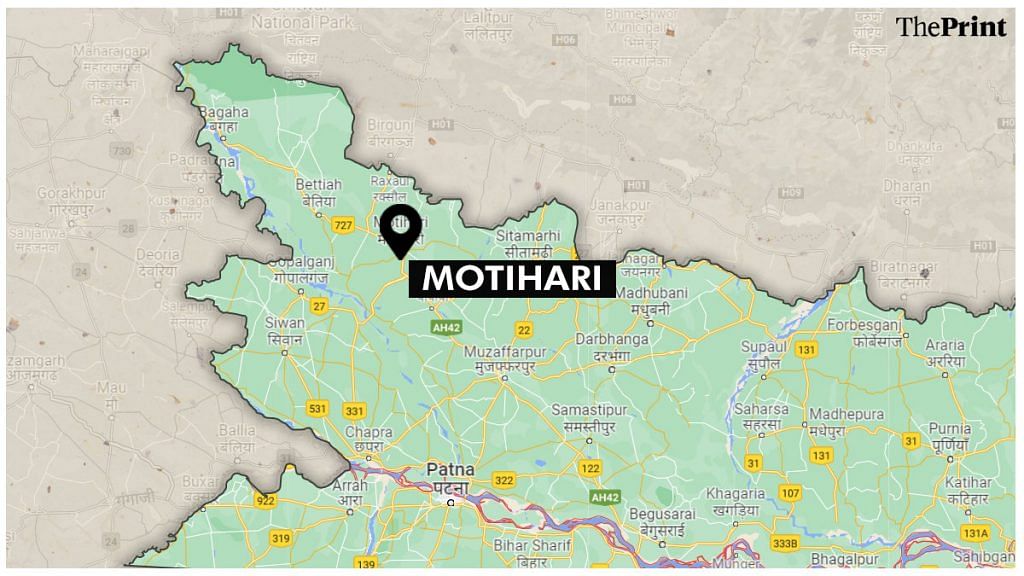
A Nepalese migrant labourer’s 12-year old daughter was allegedly gang-raped and forcibly cremated on the same night, 21 January, under instructions from the Station House Officer Sanjeev Kumar Ranjan of Kundwa Chainpur. The body was cremated without conducting a post-mortem.
The family of the girl belongs to the Thapa community, and the father worked as a nightwatchman in the area. After the incident, the family left the country and returned to their native village in Barbadiya, Nepal.
The girl’s parents were allegedly threatened by the accused to not approach the police. A purported audio recording of SHO Ranjan went viral, in which he could be heard asking the culprits to arrange wood and cremate the body. The SHO was suspended and an SIT set up to probe the incident.
In the complaint lodged by the girl’s father on 3 February, a copy of which was accessed by ThePrint, he said: “I was threatened that this is not Nepal but India, and if I take my daughter to the hospital and don’t hurriedly cremate her, then the cops will file a case against me. I was also threatened to not disclose that she was raped and murdered, but to say that she died of cold. One person claiming to be a police constable threatened that they would kill me and my son.”
East Champaran SP Naveen Chandra Jha said while nine people whom the father had named in the complaint are now in custody, the sub-inspector who was complicit in the forced cremation and has also been charged with murder is still absconding. The forensic report is yet to arrive.
“The FSL report will provide substantive scientific evidence linking the remains that were cremated to the girl’s family through DNA,” Jha said.
Also read: Hathras, Balrampur are preventable. This is what we found in our study of UP and Bihar teens
‘Violation of Constitution, shouldn’t let it become precedent’
Since the Hathras case caused outrage, the Allahabad High Court has directed the government of Uttar Pradesh to set a standard operating procedure for conducting the last rites of victims after accommodating family’s beliefs and customs, in case the law and order situations is getting serious.
However, Naresh Paras, a human rights activist from UP said forced cremations have “become an unsaid norm of police and administration to pressure the families from marginalised classes of the society and cremate the body hurriedly in the dark of the night”.
“The harassment and intimidation have only increased with time but there is no documentation of this in most cases. One has to understand that these are extremely poor and backward families with hardly any knowledge of their rights. The media doesn’t reach everywhere,” Paras said.
Vikram Singh, UP’s former DG (Law & Order), pointed out that forcible cremations are a violation of Article 21 of the Constitution, that guarantees dignity in life and in death.
“The Constitution of India guarantees the rights of the dead and their family members to cremate or bury them as per their religious beliefs. The families of alleged rape victims cannot be collateral for a law and order situation,” he said.
“Death bodies often become political props and are used to garner large-scale protests but that does not give a free hand to the cops or administration to violate the human rights of a victim’s family,” the former top cop said.
Senior Advocate Geeta Luthra also pointed to the right to dignity and fair treatment, and said: “If there’s a law and order situation, there are relevant sections available to police to use them against the perpetrators. But they cannot violate the rights guaranteed by our Constitution for living and dead, to maintain law and order on the ground.”
Seema Kushwaha, the advocate for the Hathras victim’s family, alleged: “The forcible cremation in Hathras was an atrocity by the police system on the victim and her family; an attempt to suppress the voice of Dalits women in this country. Have your ever seen the police dishing out this kind of treatment to a rich man’s daughter or a so called upper-caste person’s daughter? Police has been suppressing poor people. It doesn’t matter if it gets caught on camera or not, we cannot let this become a precedent.”
(Edited by Shreyas Sharma)
Also read: UP Police neglected woman’s use of ‘zabardasti’, ‘chhedkhani’ — CBI in Hathras charge sheet


